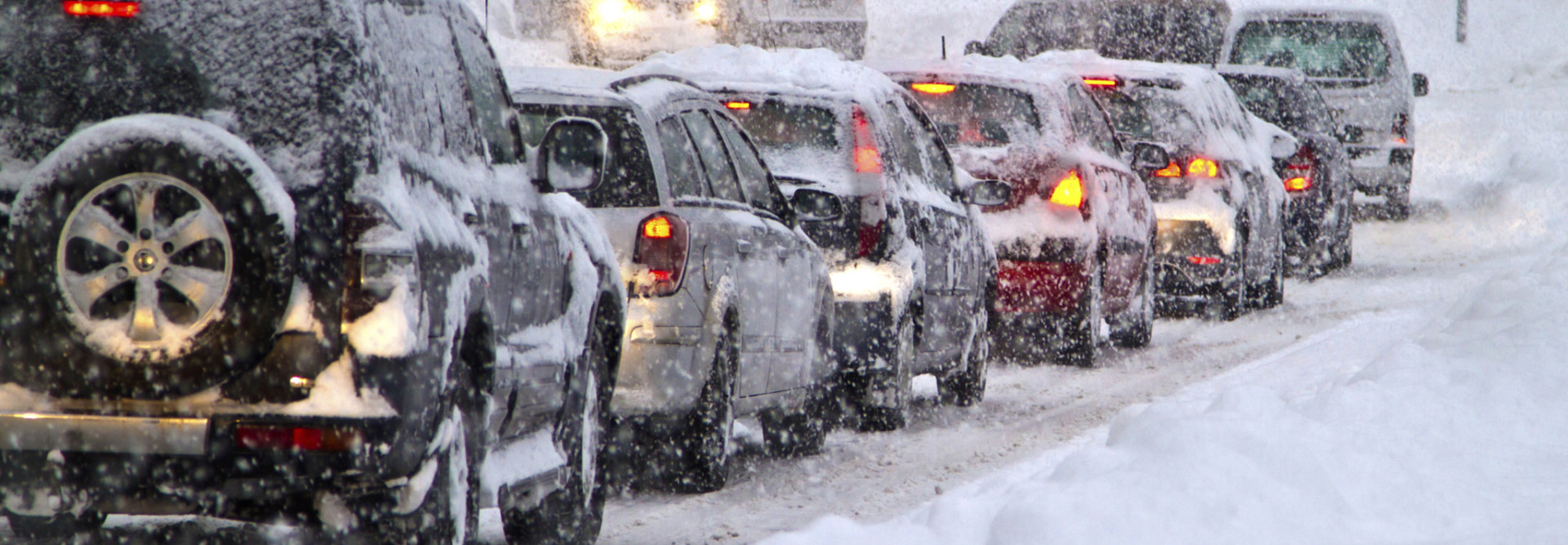How Data and Sensors Can Monitor Roads After Winter Weather Hits
Since a major winter storm pounded the East Coast in late January, and as other parts of the country prepare for more snowstorms, all eyes have been on the roads. State and local governments take measures to clear roads and make them safe for travel, but what happens to roads once the snow melts and temperatures rise?
As GovernmentTechnology reports, managing local infrastructure and roadways between storms and between winter and spring is an underrated issue for state and local governments, and it’s one that could crop up for many northern states. However, a team of researchers is using data and underground sensors to give governments an edge.
Using Data to Save Roads
The researchers, led by Heather Miller, an associate professor of civil engineering at the University of Massachusetts Dartmouth, are addressing a common winter problem.
GovernmentTechnology reports: “As temperatures drop below freezing, the ground freezes. When the air gets warmer, the ground warms from the top down and from the bottom up, leaving a layer of frozen ground in between. Moisture that would otherwise drain downward is trapped near the surface.” The problem is that large vehicles exert a great deal of pressure on the wet ground, which can result in damage to roads that sit on that boggy surface. To deal with the issue, many state and county governments often put “seasonal load restrictions” (SLR) into place, prohibiting heavy vehicles from driving on certain roads.
But how do governments know when to impose such restrictions? If restrictions are put into place too soon, economic activity could be curtailed; too late, and the roads could be damaged and require extensive repairs. As GovernmentTechnology notes, “In Maine, the state has sensors underground at various depths to measure temperature. But in order to collect data from the sensors, state workers have traditionally had to drive out to them and plug in a data logger.”
With manual checks, the sensors are read only once a week or every two weeks. So Miller’s team “connected the sensors to transmitters that allow them to collect the data via satellite connection. Then they built an online platform, or dashboard, where they, along with the state, can monitor twice-daily updates on the thawing situation,” GovernmentTechnology reported. Ramprasad Balasubramanian, associate dean of the university’s engineering college and the creator of the decision-making dashboard, wants to promulgate the team’s research and tools in other states. “Our goal is to expand it pretty much to all the northern states,” he told GovernmentTechnology. “So we’re trying to work with the Montana [Department of Transportation], Alaska DOT.”
Taking Advantage of Data During a Storm
In addition to using technology to make sure infrastructure is safe after a winter storm, state and local governments have also taken advantage of tech to keep residents informed and safe during snowstorms.
In the recent blizzard that dumped two to three feet of snow across the Washington, D.C., metropolitan area, local governments used several tools to keep residents apprised of efforts to clear snow. As WTOP reports, the Virginia Department of Transportation used a snowplow tracker system that offered users live views of streets via traffic cameras, showing with a color-coded system how much progress snowplows had made in clearing areas.
Additionally, in the suburb of Montgomery County, Md., the county’s snow map used a similar system to track plowing progress. The Washington, D.C., Snow Response Reporting System also provided live monitoring of road conditions via traffic cameras.
Local governments also used technology to keep residents informed. Tony Castrilli, director of public affairs for Fairfax County, in northern Virginia, told StateTech in an interview that the county used multiple social media and communication tools to disseminate information about storm preparedness and public safety. He said the county used the live-streaming tool Periscope nine times during the storm, including the broadcasting of news conferences with county officials.
The emergency blog on the county’s website was updated 32 times and attracted around 227,000 page views from Jan. 20–26. Castrilli added that the county set up a “storm hub” that aggregated several Twitter feeds from public agencies across the county, including its police and fire departments, as well as from other sources like the National Weather Service.
Ohene Gyapong, deputy director office of public information for Montgomery County, told StateTech that the county engaged in similar outreach efforts over social media and on its website to keep residents informed during the storm. "We used everything short of a loudspeaker," he said.









